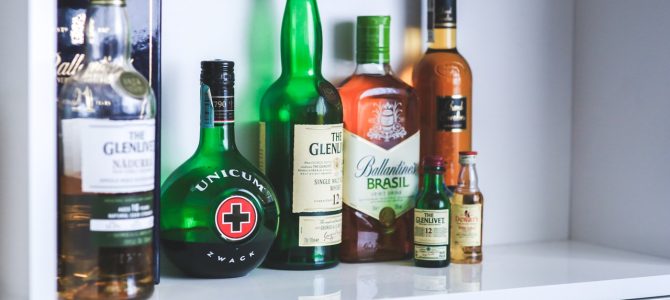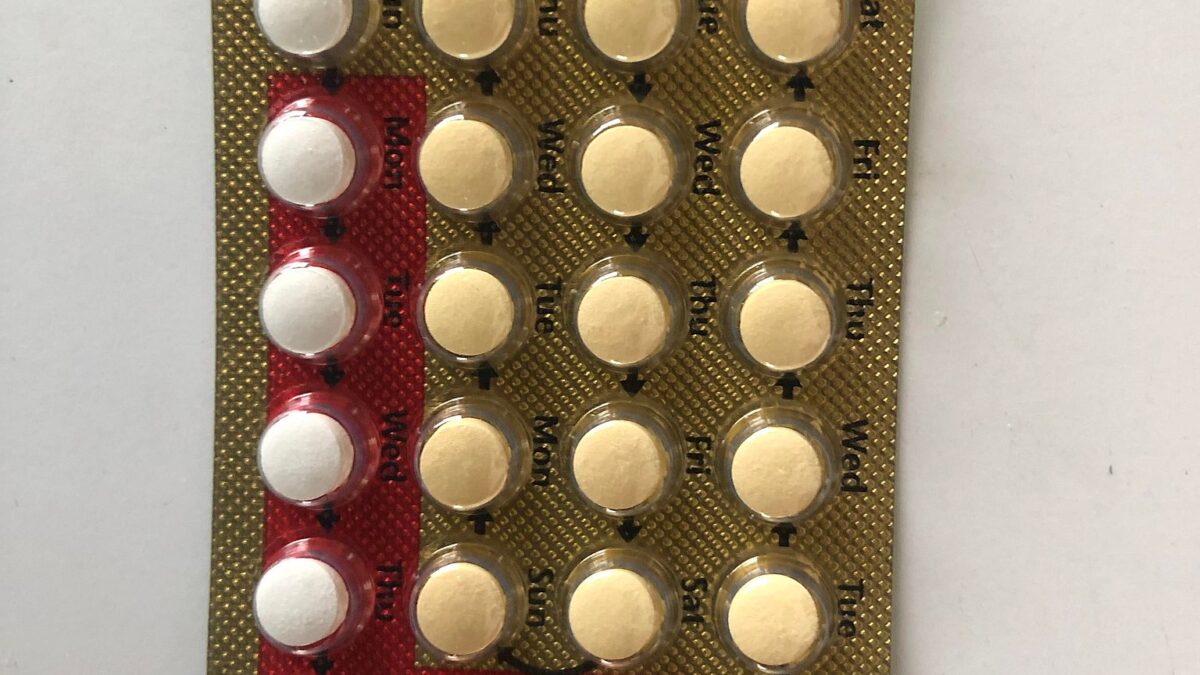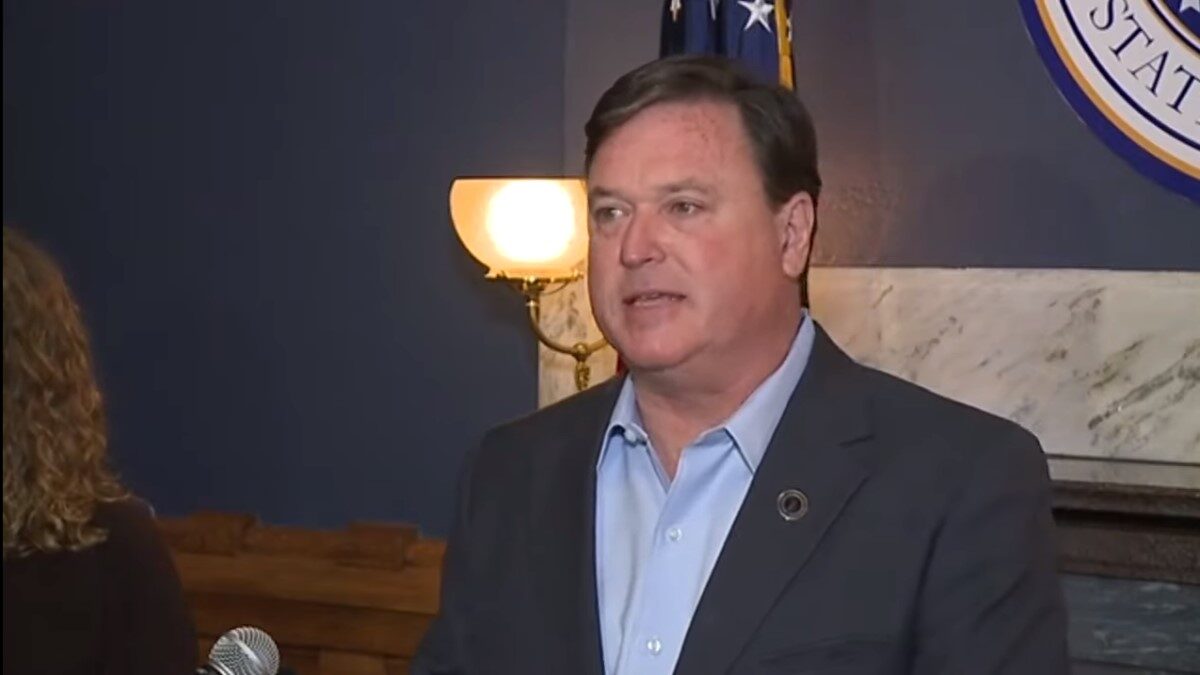
It’s generally accepted that alcohol prohibition in the United States was an abysmal failure. Alcohol consumption remained relatively unchanged, the black market thrived, and the homicide rate skyrocketed, all of which eventually lead to the repeal of Prohibition in 1933. According to many, the lesson to be learned from this experiment is that government initiatives to ban certain things—whether it be marijuana, pornography, gambling, or guns—are always doomed to failure.
This, however, is flat-out wrong. The actual data tell us a very different story. Yes, alcohol prohibition did fail, but not for the reasons that many think. Accordingly, the failure of alcohol prohibition cannot be used to justify legalizing other goods or services.
Now, before you jump to assumptions and accuse me of being a puritan, I’m not advocating that we return to alcohol prohibition. My point is simply that we cannot use the failure of alcohol prohibition to argue against other kinds of prohibition. There are many good and convincing arguments against, say, gun prohibition, but comparing it to the failure of alcohol prohibition is not one of them. We should not use bad arguments for good conclusions.
For drug prohibition especially, alcohol prohibition may actually teach us a lesson in the opposite direction. Alcohol prohibition may have failed politically, but in terms of reducing overall consumption, it was a qualified success. Thus, on an issue like marijuana legalization, there are good historical reasons to think that keeping marijuana illegal would in fact be effective at reducing both overall distribution and consumption.
Prohibition Did Reduce Alcohol Use and Abuse
As Duke University economist Philip Cook explains in his carefully researched book “Paying the Tab,” the evidence shows that Prohibition had a clear effect in reducing overall alcohol consumption. Deaths from cirrhosis of the liver and alcoholism (which are proxies for alcohol consumption) fell dramatically. Life insurance companies reported declines in alcohol-related deaths. According to Harvard criminologist Mark Moore, the best estimates are that consumption fell by around 30-50 percent. Moore also notes that hospitalizations for alcohol psychosis and arrests for drunk and disorderly conduct also declined.
Alcohol prohibition in the United States was not a single event. National prohibition was the culmination of a number of smaller alcohol control measures enacted during the 1910s, starting with state prohibitions and followed by wartime restrictions enacted during World War I. These measures all had the effect of facilitating a downward trend in consumption.
Although consumption did start to rise towards the later years of Prohibition, per capita ethanol consumption rates remained lower than what they were at during the 1911-1914 baseline period used by most scholars. Consumption levels during Prohibition never exceeded pre-Prohibition levels—indeed, that did not occur until the 1970s, which is perhaps a testament to its lasting effects.
So why do many people falsely think that Prohibition had no effect on drinking rates (or that it even increased them)? The answer is that while overall consumption fell, rates varied between regions and social classes. Prohibition was most effective in reducing consumption among working class and low-income individuals (who tend the most susceptible to alcohol-related harms). Prohibition made it more difficult and expensive for these individuals to obtain alcohol through illegal channels, so many decided to forego it. But for those in the upper class who were able to absorb the costs, Prohibition’s effects were less pronounced.
Thus, to journalists who reported on the proliferation of speakeasies, it seemed as if “everyone” continued drinking. But they were only observing the behavior of a segment of the population: namely, those who were able to afford illegal alcohol. They did not pay attention to the noticeable change in drinking habits among those whom alcohol harms the most, and for whom Prohibition is the most likely to benefit. These individuals could not easily obtain illegal alcohol, so their drinking levels plummeted.
Now obviously Prohibition did not completely eliminate alcohol consumption. It did, however, have a fairly significant effect on reducing it. Thus, it seems that with respect to alcohol consumption, prohibition was not a failure. In fact, it was a success.
Yet some would still consider this a failure: the mere fact that consumption continued (even if it was significantly decreased) shows that prohibition doesn’t work. But this is a ridiculous standard. By that same line of reasoning, laws against murder, rape, and theft do not “work” because murders, rape, and theft still happen despite being illegal. If perfection is our benchmark for success, then nothing would ever be successful. Prohibition does not need to be perfect, it just needs to be effective.
Prohibition Did Not Increase Crime
Many associate the Prohibition era with a sharp rise in crime. Images of shootouts, turf wars, and assassinations immediately come to mind.
But actually, there’s little evidence for a rampant crime wave. First, the homicide rate experienced larger increases during the pre-Prohibition period between 1900 and 1910 than during all of Prohibition, which is not what we would expect if Prohibition were a catalyst of crime. That said, the apparent increase in homicide during the entire period of 1900 to 1933 may be entirely illusory. According to sociologist Douglas Lee Eckberg, rising homicide rates are likely the result of bad data collection: the number of jurisdictions whose homicides were being counted increased, which gave the appearance of a spike in homicide.
Building on Eckberg’s findings, economist Emily Owens found that “murder rates did not increase when alcohol markets were criminalized,” and that “observed crime trends during the early 20th century are primarily explained by demographic changes.” Other factors, such as societal changes occasioned by World War I, immigration, and increased urbanization during the Roaring Twenties, largely accounted for the change in crime rates. In fact, Owens found that the “passage of legislation banning the commercial sale of alcohol had a net negative effect on the homicide rate,” meaning that alcohol prohibition may have reduced the homicide rate!
These findings were corroborated by Rowan University economist Brandon Livingston, who found that “alcohol prohibition decreased homicides for two years after enactment, but had no effect after two years.” There may have undoubtedly been some crimes that were made possible only because of Prohibition, but the evidence suggests that prohibition had no overall effect on crime. Indeed, it may have even reduced it.
The Black Market Doesn’t Mean Prohibition Failed
Yes, there was a black market for alcohol during Prohibition. Whenever there is any kind of Prohibition, there is bound to be a black market. But the mere presence of a black market does not mean that Prohibition is a failure (unless we think of success in terms of absolute perfection, which I’ve argued is silly).
Prohibition is a deterrent to behavior. If you threaten sellers with legal penalties for selling a product, they will, of course, be less willing to sell it. This in turn makes it more difficult to obtain the product. The more difficult it is to obtain it, the more expensive it becomes. The more expensive it becomes, the less willing people are to obtain and use it. In essence, Prohibition drives up the cost of a given product, which in turn reduces demand.
Highly motivated individuals may not be deterred by this, but the barriers put in place by Prohibition do have a real effect at reducing overall proliferation of a given product, especially among those who are not highly motivated.
National alcohol prohibition increased the price of illegal alcohol by a factor of two or more. While it was still possible to obtain alcohol through illegal channels, individuals were overall less motivated to do so because it cost them substantially more. It is should come as no surprise, then, that overall consumption went down. Many judged that it just simply wasn’t worth it.
So while the black market did “flourish,” alcohol was still less available than it would be if it were legal. The existence of underground black markets did not mean that Prohibition was a failure, any more than the continued existence of thieves means that laws against theft are failures.
So Why Did Prohibition Fail?
Prohibition ultimately failed for political reasons. Although it did have an enforcement problem, this wasn’t due to its impracticality. The Volstead Act contained a “joint enforcement” provision that required states to work together with the federal government to enforce prohibition. However, many “wet” states simply refused to enforce the law, while others repealed laws that were designed to facilitate enforcement.
Until Herbert Hoover took office in 1929, the federal government did little to allocate manpower and funds to enforce Prohibition. The result was that Prohibition enforcement efforts were chronically undermanned and underfunded. This lack of attention to enforcement—and not its impracticality—constituted the Achilles’ heel of prohibition. Had the Volstead Act been written differently, this problem could have been avoided.
The final blow came when the Great Depression changed voters’ priorities. In the midst of economic hardship, it was argued that repeal would generate tax revenues which could then be used to support struggling families. This same argument is used today to justify marijuana legalization. In the case of alcohol prohibition, however, initial tax collections after repeal fell very short of projections, which should make us think twice when applying this same argument to marijuana.
Even after repeal, the “dry” cause retained a great deal of support. In the late 1930s, more than 40 percent of Americans supported prohibition, and an equal number indicated that they abstained from alcohol completely. That number remained relatively unchanged even until 1960, when 38 percent of Americans described themselves as abstainers. Moreover, even after national prohibition was repealed, many states retained state-level prohibitions for some time. It wasn’t until 1966 that Mississippi became the final state to legalize the sale of alcohol.
What can we learn from all of this? Well, the chief lesson is that we should stop comparing alcohol prohibition to other kinds of prohibition. Yes, it did fail, but the reasons for its failure cannot be extrapolated to other forms of prohibition. Instead, each issue should be evaluated on its own merits. Prohibiting guns or drugs may be very bad policies. But if they are, they’re not bad because they can’t work. On the contrary, history tells us that prohibition can and has worked. We should rely on better arguments.









